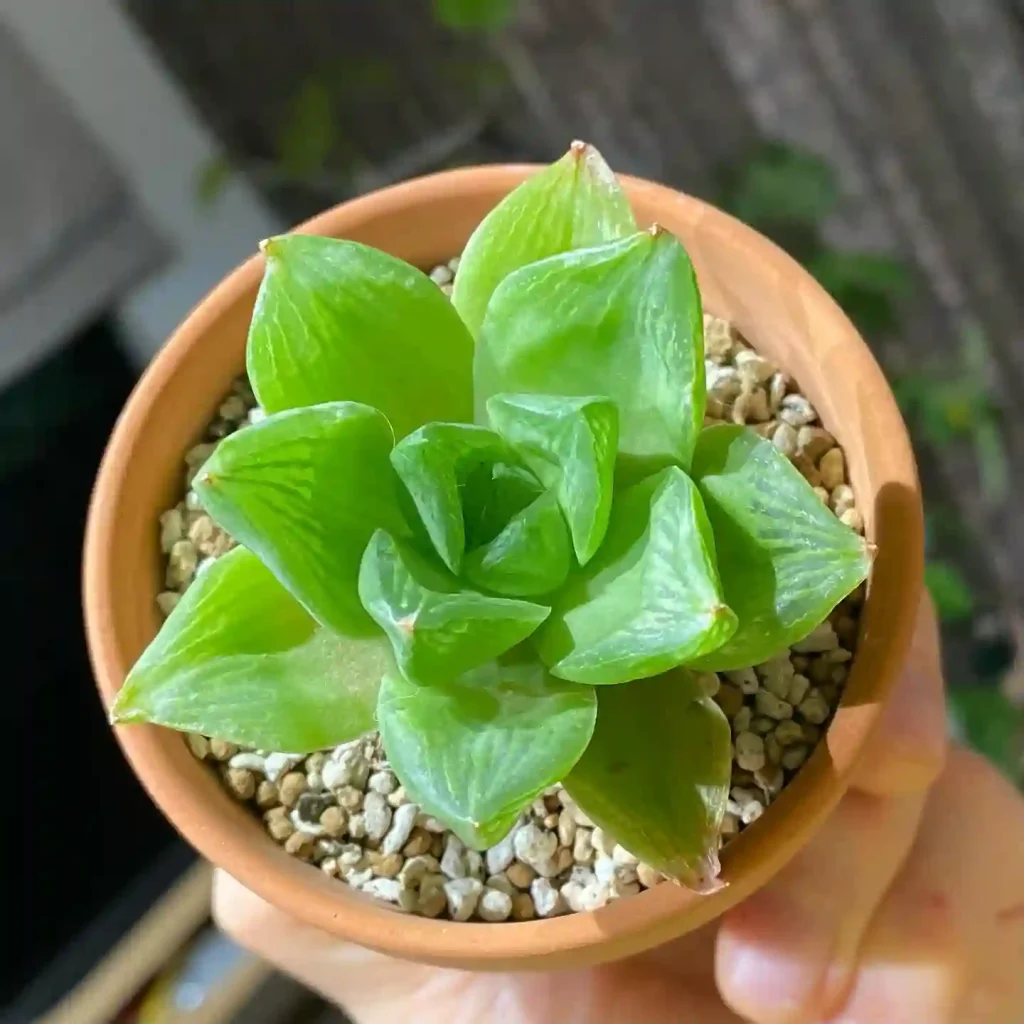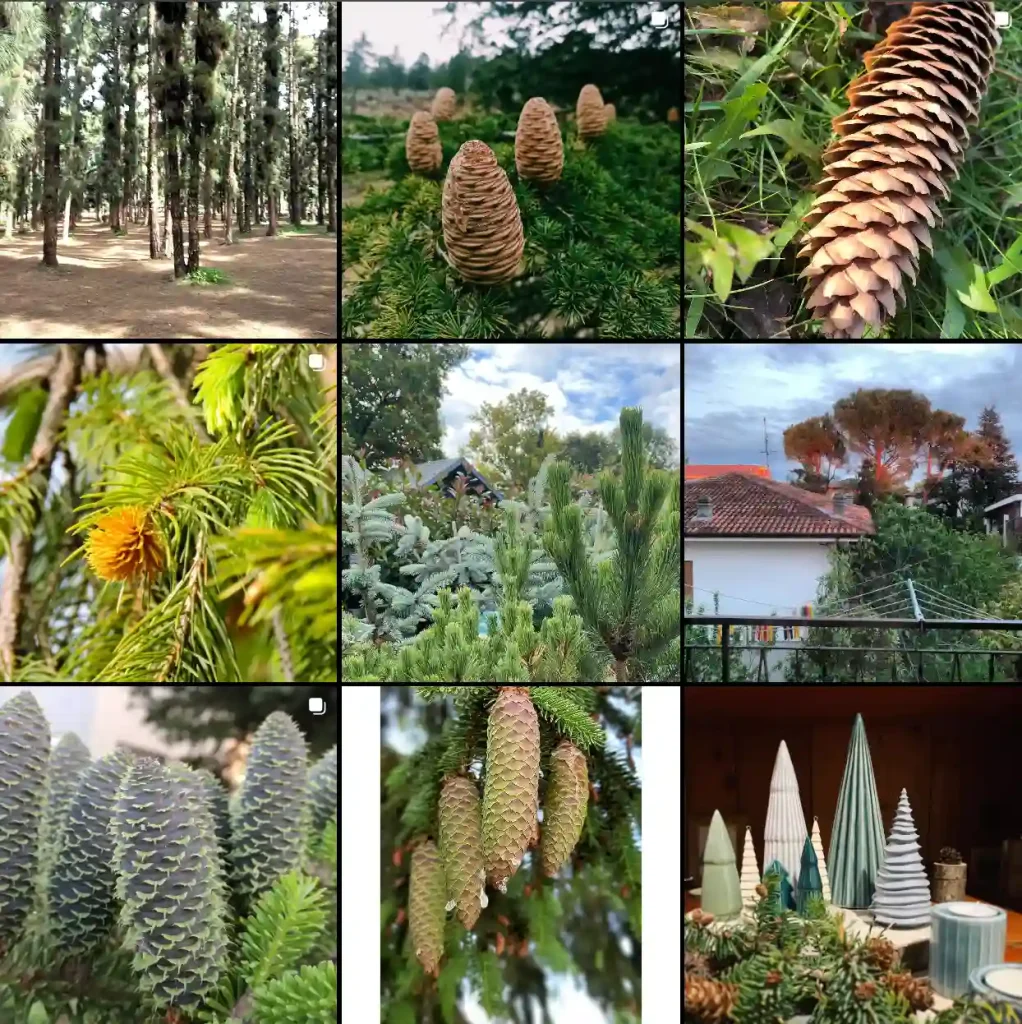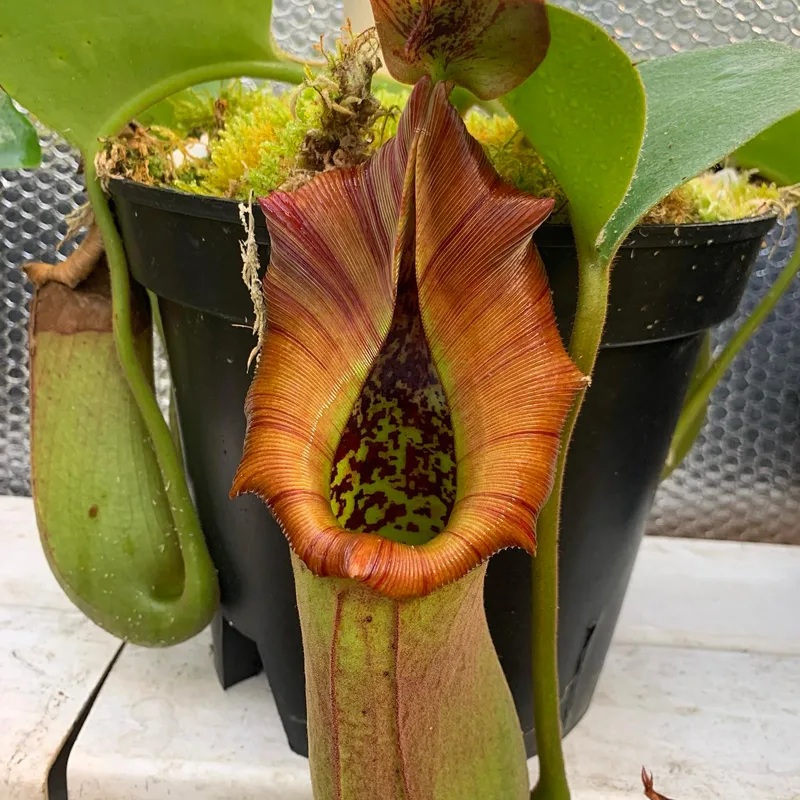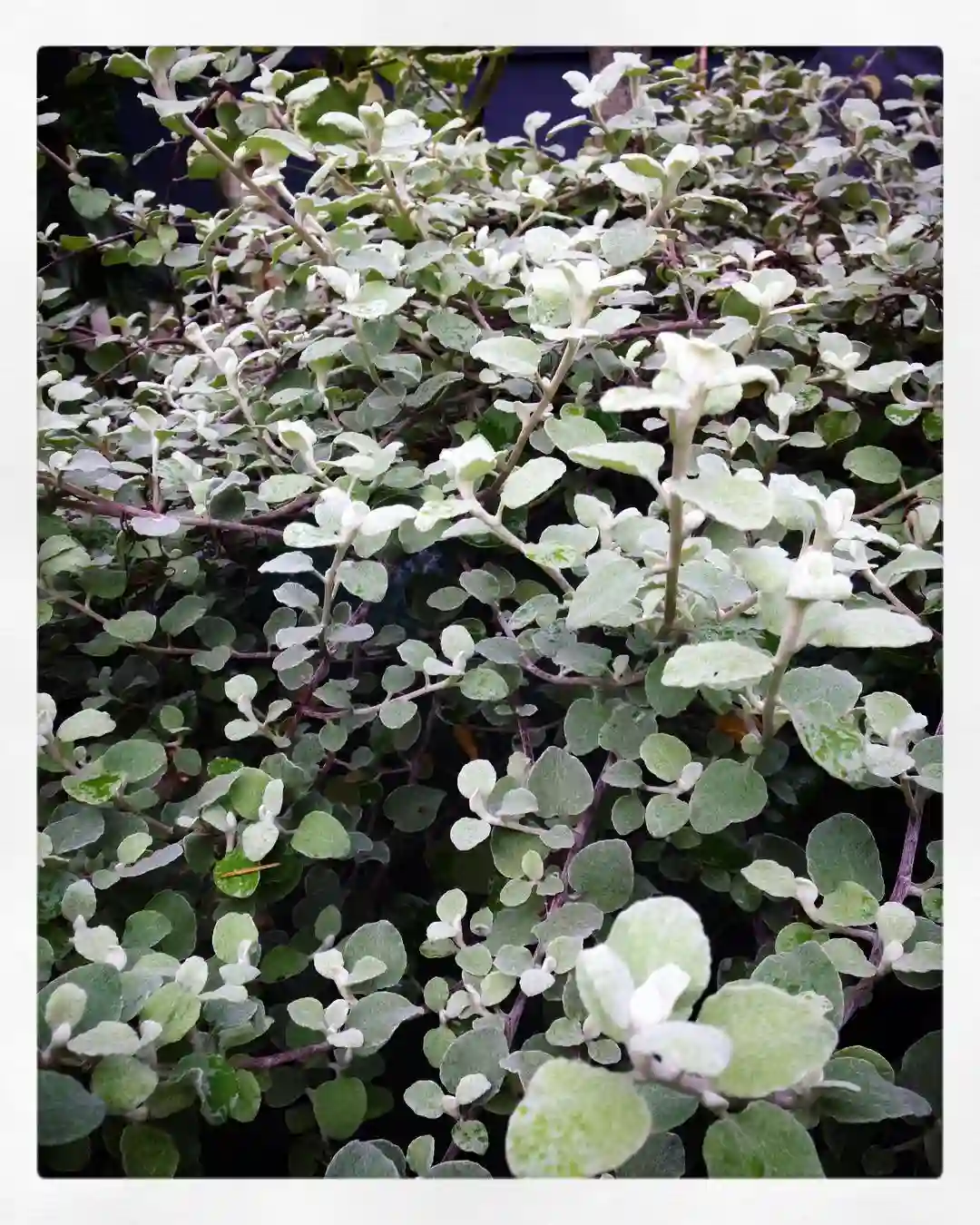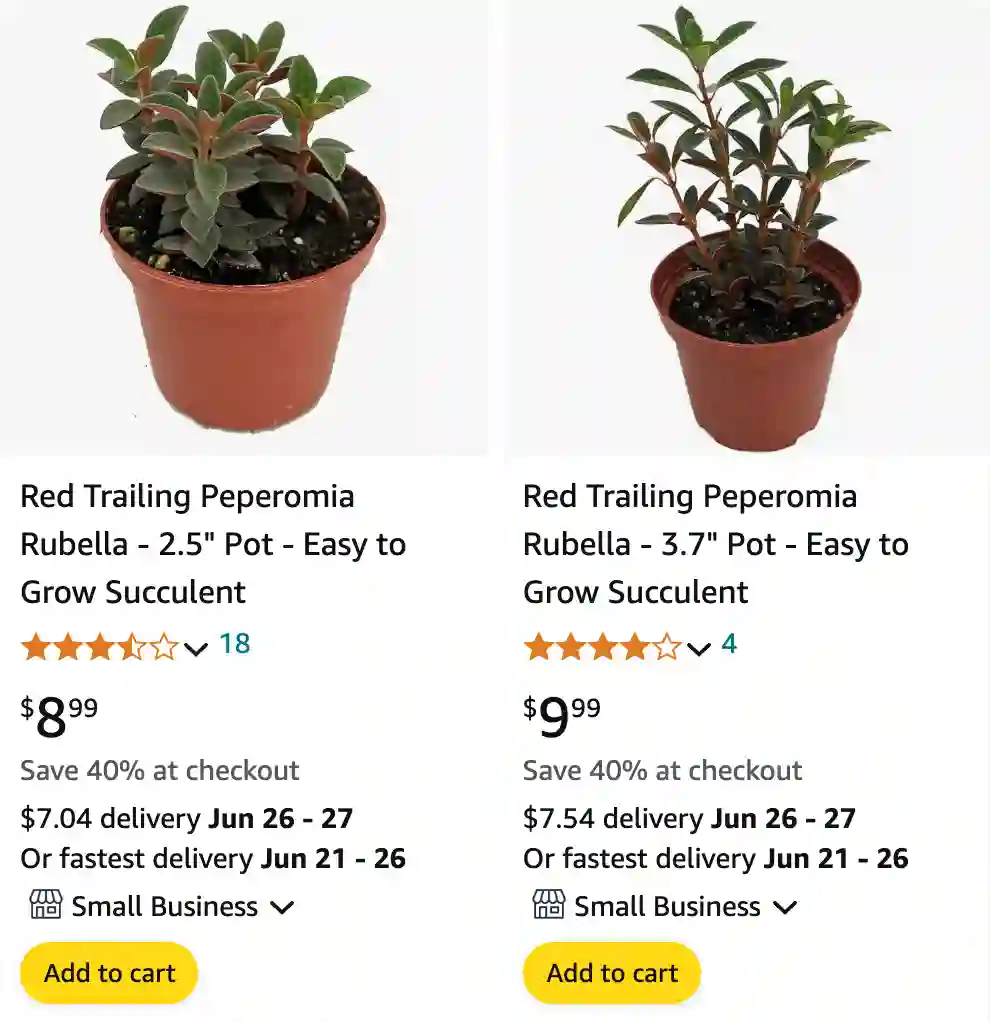
Peperomia Rubella: The Tiny Titan of the Houseplant World
I’m Ferb Vu, and houseplants are my passion. Today, we’re diving into the delightful world of the Peperomia Rubella, a petite powerhouse that packs a punch in the aesthetics department. This FAQ will answer all your burning questions about this under-the-radar gem.
1424 Species in Genus Peperomia
What is a Peperomia Rubella?
The Peperomia Rubella is a miniature succulent native to Jamaica. It’s known for its captivating features:
- Tiny, Fleshy Leaves: These elliptical leaves boast a unique color combination – dark olive green on top, with a stunning red surprise on the underside.
- Red Stems: Adding to its visual intrigue, the Peperomia Rubella sports vibrant red stems that complement the foliage beautifully.
- Compact Size: This little charmer typically reaches only 6-8 inches in height, making it ideal for terrariums, small spaces, or adding a pop of color to desks and shelves.
Its small stature and whimsical appearance have earned it the nickname “The Itsy Bitsy Peperomia.”
Peperomia Rubella vs Verticillata
Honestly, telling these two peperomias apart can be a headache! I bought a “Peperomia Verticillata” a while back, but after joining some online plant communities, suspicion arose. It turns out, “Rubella” is actually an older name for Verticillata, which adds to the confusion.
Now, onto the fun stuff – caring for them! Both my Peperomia, the suspected Rubella (reddish underside) and the confirmed Verticillata (greener underside), seem pretty happy with the same routine. Watering is the trickiest part. I almost killed them both early on by overwatering. These guys store water in their fleshy leaves, so underwatering is way better than drowning them. Now, I wait until the soil is completely dry before giving them a good soak.
So, Rubella or Verticillata, the name game might be confusing, but caring for them is a breeze. They’re both low-maintenance champions in my book!
Peperomia Rubella vs Peperomia Obtusifolia (Baby Rubber Plant):
This low-maintenance variety boasts larger, glossy leaves and a more upright growth habit.
Peperomia Rubella vs Peperomia Watermelon:
True to its name, this stunner features round, plump leaves with a marbled pattern resembling a watermelon rind.
Peperomia Rubella vs Peperomia Pepperspot (Radiator Plant):
Unlike the Rubella’s red accents, the Pepperspot showcases tiny, rounded leaves with silver markings, resembling peppercorns.
How to care for Peperomia Rubella?
Here’s the good news: the Peperomia Rubella is a low-fuss companion. Here’s how to keep it happy and healthy:
Light: Medium to low indirect light is ideal. Avoid harsh, direct sunlight that can scorch the leaves.
Watering: These little succulents prefer to dry out between waterings. Stick your finger in the soil – if the top inch is dry, it’s watering time. Overwatering is a major enemy, so err on the side of underwatering.
Soil: A well-draining potting mix is crucial. Opt for a succulent or cactus mix, or create your own by combining regular potting soil with perlite or coarse sand for added drainage.
Fertilizer: A light feeding during the growing season (spring and summer) with a balanced houseplant fertilizer diluted to half strength is sufficient.
Temperature: Peperomia Rubella thrives in average room temperatures, ideally between 65-75°F (18-24°C).
Humidity: Average household humidity is perfect. No need for special humidifiers.
Propagation: This little champion can be propagated easily through leaf cuttings. Take a healthy leaf, remove the bottom half-inch of stem, and plant it in a pot with moist, well-draining soil.
Common Peperomia Rubella Problems: Troubleshooting
While generally trouble-free, here are a few potential issues and solutions:
- Drooping or Yellowing Leaves: This usually indicates overwatering. Allow the soil to dry out completely between waterings.
- Stunted Growth: This could be due to insufficient light. Move your plant to a brighter location with indirect light.
- Brown Spots on Leaves: These might be signs of sunburn from too much direct sunlight. Move the plant to a shadier spot.
With a little TLC, your Peperomia Rubella will reward you with years of vibrant foliage and delightful charm.
So, if you’re looking for a low-maintenance houseplant that packs a visual punch, the Peperomia Rubella is an excellent choice. Its compact size and unique coloring make it a versatile addition to any indoor space. With proper care, this tiny titan will bring a touch of the tropics to your home.
If i die, water my plants!
